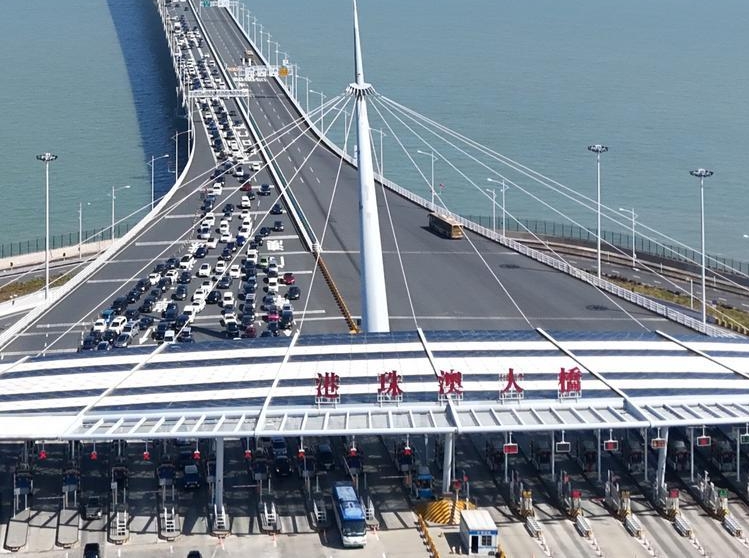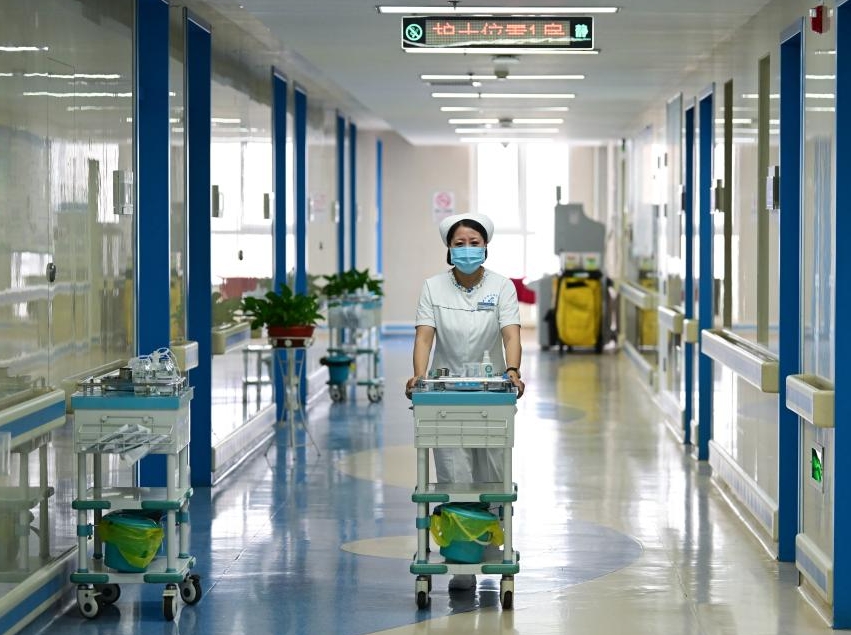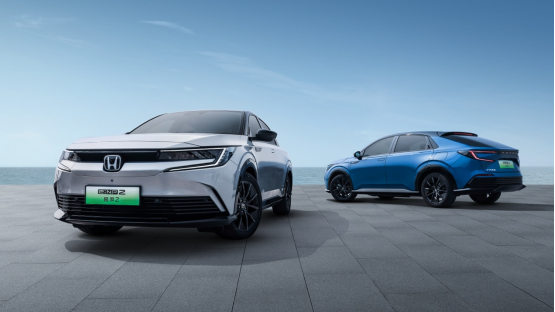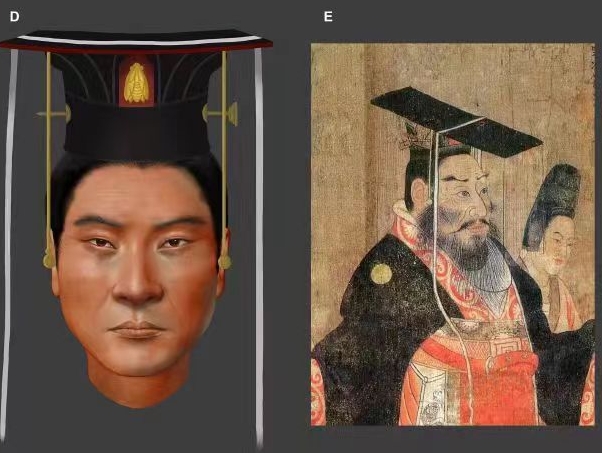
Yang Cheng Evening News reporter Qi Yaoqi
According to the information of the Passenger Transport Federation on May 10, 880000 self owned brand retail cars were sold in April, up 11% year on year and down 5% month on month. The domestic retail share of self owned brands in the month was 57.4%, up 9 percentage points year on year. It can be seen that Chinese brands have broken through half of the country in one year, accounting for nearly 60% of the share. Over the years, the dominance of foreign brands has changed.
The national level policy guidance for the automobile industry has emerged frequently, aiming to further stabilize and expand automobile consumption. With the introduction and gradual implementation of the old for new, scrapping and updating policies, the Ministry of Commerce organized the national car trade in promotion activities, and automobile manufacturers and sales enterprises carried out supporting promotional activities. The energy conservation and emission reduction subsidy funds arranged by the central government in many places support eligible cars to trade in old cars, and together with enterprise promotion, they play a good role in driving the car market before and after the May Day holiday.
Joint venture brand retail is much lower than luxury
There were 22 working days in April, two days more than the same period last year. Due to unstable prices and other factors, consumers had a strong wait-and-see atmosphere. In April, passenger car retail showed a cyclical downward trend on a month on month basis. In April, the retail sales of passenger cars in the national market were 1.532 million, down 5.7% year on year and 9.4% month on month. Since this year, the retail sales have totaled 6.364 million, up 8% year on year.
Most conventional fuel vehicles have no room for continuous price reduction, and the market has been taken away by the acceleration of new energy vehicles. The new car price war of new energy vehicles has brought about a certain increase and serious internal differentiation. It has brought some users to wait and see, but also curbed the space for sales growth.
In April, 880000 self owned brands were retailed, up 11% year on year and down 5% month on month. The domestic retail share of self owned brands in the month was 57.4%, up 9 percentage points year on year; This year, the cumulative share of self owned brands was 56%, up 6.3 percentage points compared with the same period last year. The transformation and upgrading of top traditional automobile enterprises have performed well, and the brand shares of traditional automobile enterprises such as BYD, Chery Automobile, Geely Automobile and Chang'an Automobile have increased significantly.
In April, the retail sales of mainstream joint venture brands were 450000, down 26% year on year and 9% month on month. In April, the retail share of German brands was 19%, down 2.2 percentage points year on year, and that of Japanese brands was 15.2%, down 3.6 percentage points year on year. The retail market share of American brands was 5.9%, down 2.6 percentage points year on year.
In April, 200000 luxury cars were sold, down 12% year on year and 24% month on month. The retail share of luxury brands in April increased by 13.2%, down 0.9 percentage points year on year. The demand for traditional luxury cars is not very strong.
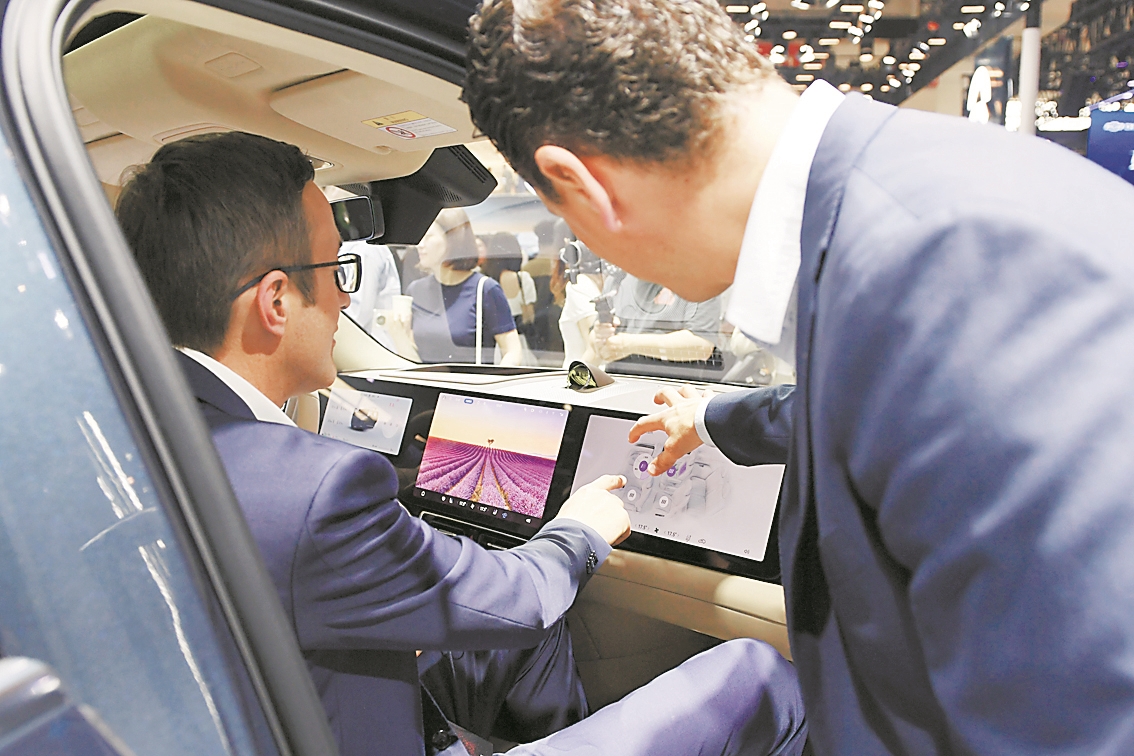
The penetration rate of self owned brand new energy vehicles reached 53.6%
This year's overall automobile export continued the strong growth characteristics at the end of last year. In April, the customs counted 556000 automobile exports, up 31% year on year. From January to April, 1.878 million automobile exports, up 26% year on year. From January to April, a total of 1.491 million passenger cars were exported, up 37% year on year.
In terms of manufacturers' exports in April, there were 41011 BYD cars, 30746 Tesla China cars, 6048 SAIC passenger cars, 4990 Nezha cars, 4310 Chery cars, 3186 Chang'an cars, 2433 GAC Trumpchi cars, 2415 GAC Ai'an cars, 2316 Brilliance BMW cars, 2273 Geely cars, 2024 Great Wall Motors, 1990 SAIC GM Wuling cars, 1603 Dongfeng Honda cars, 1372 Jixing cars 1346 Dongfeng Motors, 1018 FAW Pentium Motors and 1012 Xiaopeng Motors.
In April, the overall performance of major passenger car manufacturers was differentiated, with BYD, Chery Automobile, Geely Automobile, Chang'an Automobile and other car enterprises generally strong. In April, there were 32 passenger car manufacturers with sales of more than 10000 vehicles, accounting for 95.6% of the overall market share, of which 3 had a year-on-year growth rate of more than 100%.
In April, the production of new energy passenger vehicles reached 802000, up 33.5% year on year and 0.9% month on month. Retail sales of 674000 vehicles increased by 28.3% year on year and decreased by 5.7% month on month. In April, 115000 new energy vehicles were exported, up 26.8% year on year and down 4.1% month on month.
In April, the penetration rate of self owned brand new energy vehicles was 53.6%, that of luxury vehicles was 31.5%, and that of mainstream joint venture brand new energy vehicles was only 6.8%.
In April, the new energy wholesale structure: pure electric 59%, true plug-in hybrid 32%, increased program 9%, and in April 2023, pure electric 72%, true plug-in hybrid 21%, increased program 7%. Adding programs can effectively compensate for the endurance anxiety of pure electric vehicles, which should be a new branch of pure electric vehicles.
New energy vehicles account for the top six passenger vehicle sales
In April, the wholesale sales of passenger cars exceeded 20000, including 11 models: BYD Song: 80860, BYD Qin: 51170, Haiou: 34832, BYD destroyers: 32800, Model Y: 31962, Model 3:30205, Ruihu 8: 27745, Xuanyi: 27245, Ruihu 7: 26368, BYD Yuan: 22051, BYD Han: 21509. Among them, new energy ranked among the top 6 passenger vehicle models in terms of sales volume, and the main fuel vehicle models did not perform well in China.
In April, the domestic retail penetration rate of new energy vehicles was 43.7%, 11.7 percentage points higher than the penetration rate of 32% in the same period last year. In April, the penetration rate of new energy vehicles among self owned brands was 66.8%, that of luxury vehicles was 22.6%, and that of new energy vehicles among mainstream joint venture brands was only 7.5%. From the perspective of monthly domestic retail share, the retail share of mainstream self owned brand new energy vehicles in April was 64%, up 2.0 percentage points year on year; The share of joint venture brand new energy vehicles was 4.3%, down 0.8 percentage points year on year; The share of new forces was 11.8%, up 0.5 percentage point year on year; Tesla's share was 4%, down 2.6 points year on year.
In April, the overall trend of new energy passenger vehicle enterprises was strong, and BYD pure electric and plug-in hybrid dual drive strengthened the leading position of independent brand new energy; The market performance of incremental electric vehicles represented by Celes, Ideals, Chang'an and Zero Running cars is particularly strong. In terms of product launch, with the simultaneous development of independent brand automobile enterprises on the new energy route, the market base continued to expand, and the monthly wholesale sales of new energy exceeded 10000 vehicles reached 14 manufacturers.
It is expected that the car market retail in May will be better than that in April
There are 21 working days in May this year, the same as last year, but this year's five consecutive days of holiday compressed the production and marketing interval in May. With the summer off-season approaching, the car market entered a stable period. In April, China's manufacturing purchasing managers' index (PMI), non manufacturing business activity index and comprehensive PMI output index were 50.4%, 51.2% and 51.7%, respectively. The three indexes continue to remain in the expansion range, which has a significant role in promoting the stability of the car market.
The Passenger Car Association believes that with the implementation of the national policy of "trade in the old for the new", the introduction and follow-up of corresponding policies and measures in various regions, and the periodic cooling of the price war of new products in the car market, the enthusiasm of the market watchers is stimulated, and the market should enter a relatively good development stage.
According to the analysis of the Passenger Transport Federation, the continuous downturn in the consumption of conventional fuel vehicles is an important factor in restraining the overall recovery of the car market. This time, the policy of replacing old vehicles with new ones, scrapping and updating has reasonably guaranteed the replacement demand of fuel vehicle consumers, which is of great significance to the stable development of the car market. The implementation of the old for new policy is a major benefit to the car market. Although the vacation time in May is long, it is expected that the retail sales in May will be better than that in April.
Editor: Nie Yue
With the increasing number of cars in China, the quality, sales, after-sales and other problems caused by the use of cars are also increasing. In order to better safeguard the authority of consumers, Yangcheng Evening News and Golden Sheep. com collected clues on automobile consumption rights protection. If you encounter any consumption disputes in the automotive field, we will do our best to help you safeguard your rights.
Material reporting mailbox: auto@ycwb.com.cn

